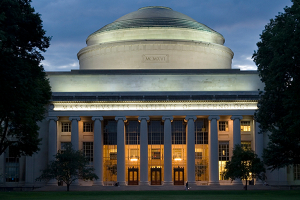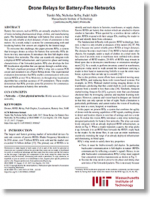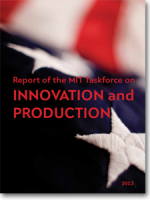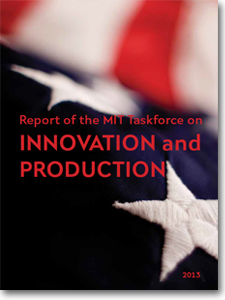A Preview of the MIT Production in the Innovation Economy Report
Everyone agreed that the U.S. needed a higher rate of good job creation, but no one seemed to know where jobs could come from. Could manufacturing jobs come back to the U.S.A.?
Introduction
Over the past decade, as millions of jobs disappeared in a flood of Asian imports and a severe financial and economic crisis, pessimism about the future of production in the United States
swept across the country.
People started to question whether U.S. manufacturing could ever compete with Asian low-wage production.
The trade deficit in advanced technology products deepened—equal to 17 percent of the total U.S. trade deficit by 2011—and it seemed that even high-tech sectors of industry were doing better overseas than here.
As in past times of trouble, some blamed foreign governments for damaging U.S. manufacturing by subsidizing their own companies and protecting their national currencies. But even the critics of foreign governments knew there was something wrong at home.
Everyone agreed that the U.S. needed a higher rate of good job creation, but no one seemed to know where jobs could come from. Could manufacturing jobs come back? The brightest
corporate superstars, like Apple, were locating production abroad and still reaping the lion’s share of profits within the U.S. Was this going to be the American model for the future?
In emerging technology sectors, like batteries, solar, and wind, even when the startups were created in the U.S. out of U.S. innovations, commercialization of the technology was taking place abroad.
What could Americans do to leverage their strengths in new science and technology to rebuild a dynamic economy? Would production capabilities at home be needed to capture the flow of benefits from invention and entrepreneurship? Which capabilities? And how could they be created and sustained?
What’s Related



Favorites





